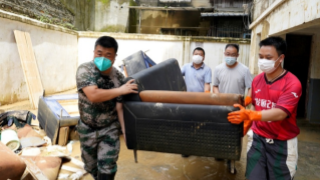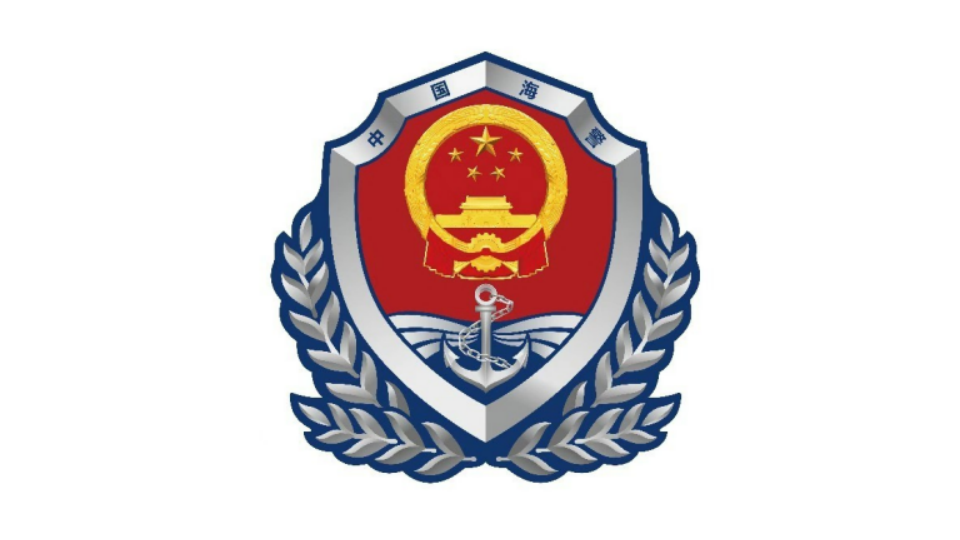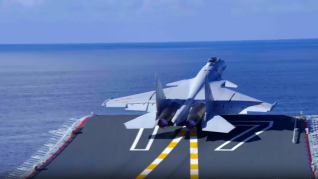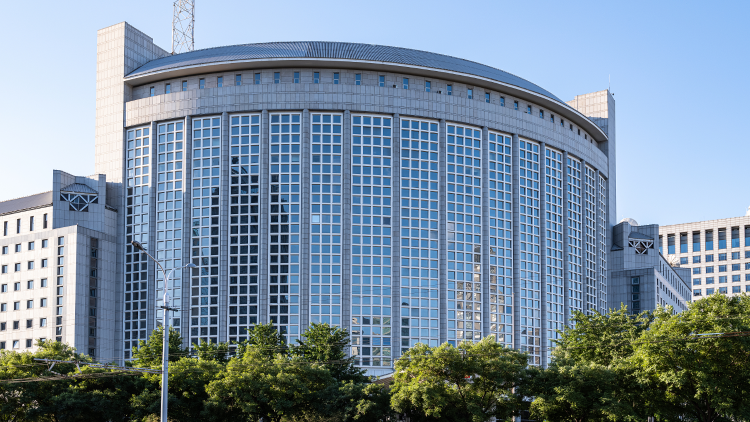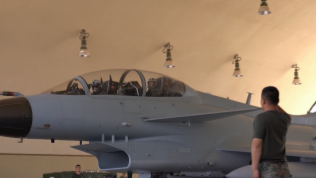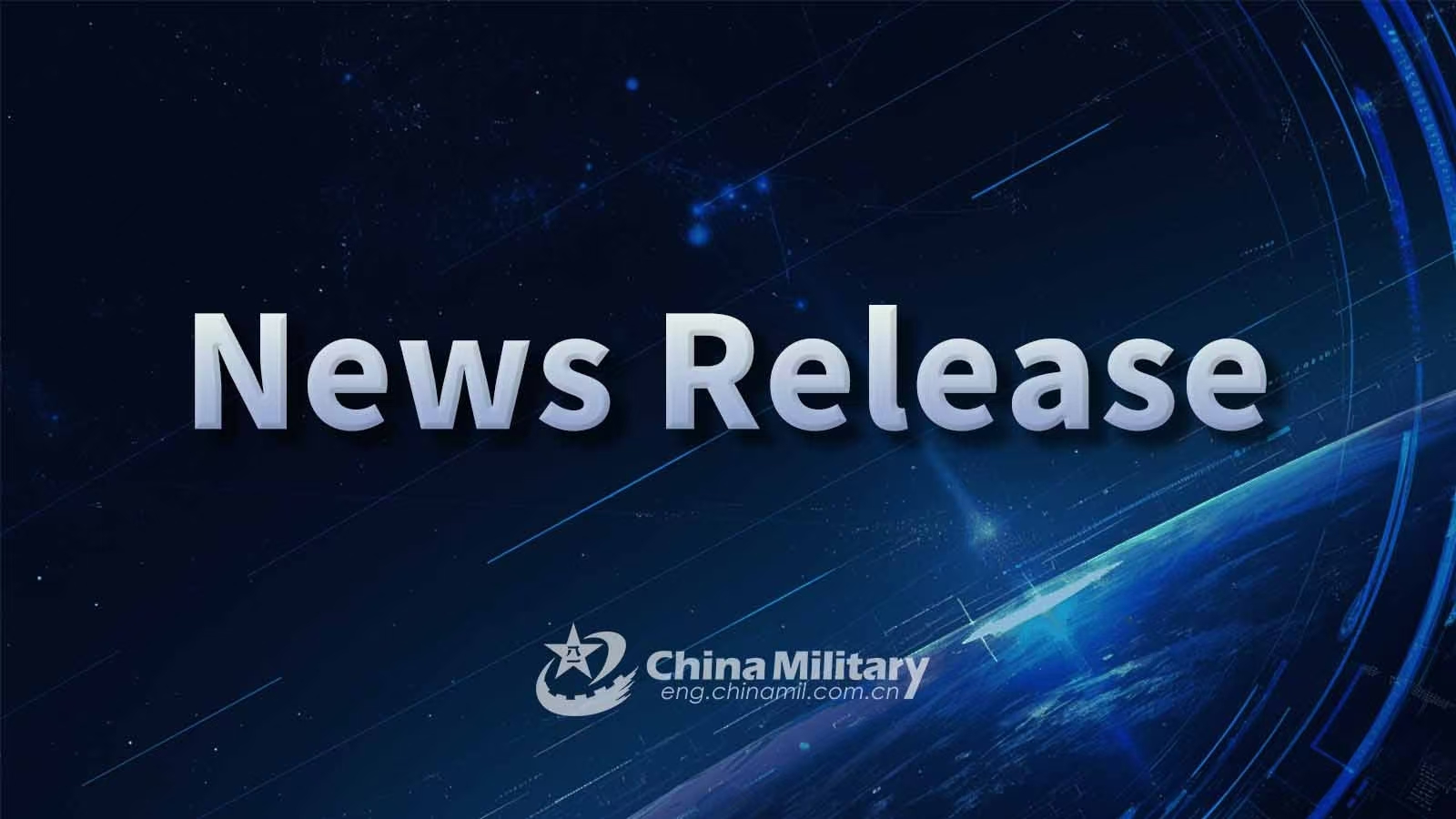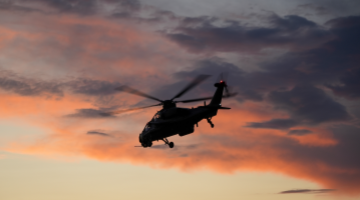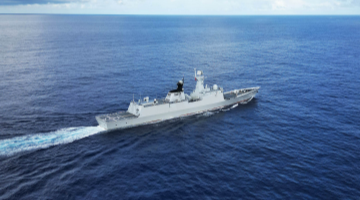By Hu Bo
Recently, the US Department of Defense (DoD) issued a briefing, showcasing its achievements in implementing the "Indo-Pacific Strategy" through three aspects, which are, regional military force structure reform, unprecedented boost in investment in capabilities, and reinforcement of the mutual regional security objectives with its allies and partners. The US Secretary of Defense Lloyd Austin said, "In this decisive decade, 2023 will be remembered as a decisive year for implementing US defense strategy in Asia."
As part of the public relations efforts of the US DoD, this briefing aimed at demonstrating its prioritization and attention to the Indo-Pacific and winning domestic and overseas recognition, with a heavy dose of propaganda. In the briefing, the FY2024 defense budget of the country marks all-time high levels of an Indo-Pacific deterrence initiative budget at USD 9.1 billion, a defense research and development investment at USD 145 billion, and a defense procurement budget at USD 170 billion. However, given the incremental growth in the total US defense budget each year, and the prioritized strategic significance the country attaches to the Indo-Pacific region, the subsequent upswing of the above budgets is in line with expectations and still far from being "decisive". The US defense budget for FY2024 sets another record at USD 886 billion, an increase of nearly USD 30 billion from the previous fiscal year, and will continue to hit new highs in the future.
The restructuring of force depolyments is also considered a major breakthrough, including reorganizing and deploying the first Marine Littoral Regiments in Japan, launching a series of new force deployment initiatives with Australia, adding four new rotating bases in the Philippines under the Enhanced Defense Cooperation Agreement (EDCA), concluding the Defense Cooperation Agreement with Papua New Guinea and strengthening strategic deterrence on the Korean Peninsula.
Strategically, the US's latest developments of defense cooperation with the Philippines and Papua New Guinea carry great symbolic meaning, but in terms of military tactics and operations, the deployment adjustment of the US forces in its allies including Japan, Australia, and the ROK deserves more examination. In particular, those series of cooperation with Australia by the US, including more frequent and extended expeditionary visits by the US submarines under the AUKUS, increased rotation deployments of the US bombers and fighters, expanded cooperation between mutual maritime and ground troops, enhanced space and logistics cooperation, continuous upgrades of key bases, and the establishment of a submarine rotation force in Australia by 2027, all contribute significantly to enhance the presence and responsiveness of the US military on the Western Pacific fronts.
By comparison, it is not difficult to see that despite strategic considerations given in the actions in the South Pacific region including the Philippines and Papua New Guinea, the US remains in the process of strategic layout and preparation. The country is unlikely to invest too many resources in these unstable regions in the short term, and the relevant deployment and presence in these areas will not significantly enhance the capabilities of the US military and change the regional deployment situation. Given the general backwardness and insufficient military capabilities of the Philippines, the US infrastructure in the Philippines features low persistence and high uncertainty in wartime. The existing investment and budgets in the Philippines are obviously not sufficient for the US to build these bases under the EDCA framework into real combat fortresses and forward bases.
In fact, since 2009, in the context of excessive anxiety over the so-called "China's maritime threats" and intense preoccupation with great power competition, the deployment of the US forces in the Pacific theater or the later "Indo-Pacific theater" has reached the brink of its capacity. At present, the air and sea forces deployed by the United States Indo-Pacific Command (USINDOPACOM) headquarters have accounted for more than 60% of the relevant US troop deployment around the world. Compared with 2009, their close-in surveillance against China has doubled, land-based large reconnaissance aircraft alone carry out more than 2,000 sorties each year, surface forces presence in key waters such as the South China Sea has grown nearly twice, and large-scale exercises have increased by nearly 50%. Due to the expensive and inefficient equipment manufacturing and procurement system, the number of major US maritime and air platforms has not increased significantly despite the record high annual defense budgets every year. More tasks have sacrificed the equipment and platform maintenance and personnel training scheduling, and disturbed the original deployment cycles of aircraft carrier strike groups, nuclear submarines, destroyers, fighter jets, and other major maritime and air platforms, leading to repeated incidence of significant accidents.
The Pentagon and the USINDOPACOM headquarters are currently enhancing joint maritime situational awareness and equipment operability throughout the "Indo-Pacific' region, and it is precisely because they have seen their own incapabilities and limitations that they hope their allies and partners assume greater responsibilities and make greater contributions. However, except for its traditional hardcore allies like Japan and Australia, most countries cannot promptly generate significant aid to the US military owing to constraints in their capabilities and domestic politics.
To this end, even if the Pentagon sounds the trumpet of charge every day, the resulting bolstered strength for the "Indo-Pacific" Strategy is relatively limited, and the US military has shown excessive deployment and fatigue in this region. The fundamental dilemma facing the US is that its maritime superiority and dominance in the Western Pacific or the "Indo-Pacific" cannot be guaranteed due to the degrading relative strength. The country does not make corresponding policy adjustments but adopts offensive and expansive positioning, which is an unattainable goal.
The US strategic community knows clearly about this, and the only hope lies in the Fourth Industrial Revolution and disruptive technologies. The US is trying to widen the technological disparity with the Chinese military again through breakthroughs in scientific and technological innovation and revolutionary technologies. Before this situation arises, the Pentagon and the USINDOPACOM forces will be in a constant state of exhaustive scrambling.
(The author is the director of the South China Sea Strategic Situation Probing Initiative.)
Editor's note: Originally published on huanqiu.com, this article is translated from Chinese into English and edited by the China Military Online. The information and opinions in this article do not necessarily reflect the views of eng.chinamil.com.cn.

